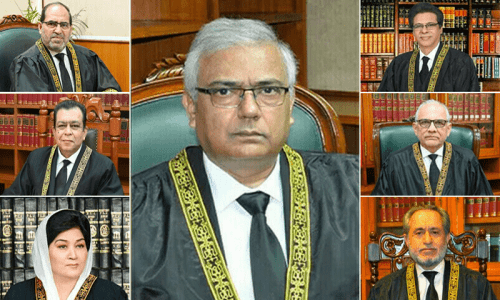Pakistan has emerged as a surprising leader in the global solar market, becoming one of the top importers of solar panels in 2024 by bringing in an impressive 17 gigawatts’ worth—more than twice the volume it imported the year before. This significant leap, highlighted in the Global Electricity Review 2025 by UK-based think tank Ember, has taken place without sweeping government reforms or major international climate funding.
Instead, Pakistan’s solar surge is being fueled from the ground up. Households, local businesses, and commercial users across the country are embracing rooftop solar as a practical response to relentless electricity bills and persistent power blackouts.
“This shift is redefining how energy is viewed in the country,” said Muhammad Mustafa Amjad, Programme Director at Renewables First. He described the movement as a grassroots survival mechanism in a nation where many can no longer rely on the traditional power grid.
Satellite images of Pakistan’s urban landscapes reveal a striking transformation—rooftops across cities now gleam with blue-tinted solar panels. “If you zoom into any city from above, you’ll see a sea of blue rooftops,” said Karachi-based energy analyst Ubaid Ullah.
This energy shift is unique because it isn’t being driven by top-down government strategies or large-scale foreign aid, but rather by everyday Pakistanis taking control of their energy future. The majority of these solar systems operate independently of the national grid, making them difficult to track through official data and leaving central infrastructure scrambling to keep pace.
“The electricity grid needs to rapidly evolve if it wants to stay relevant,” Amjad added. “Rooftop solar is quickly becoming the go-to power solution.”
With no major public initiatives or national-scale solar auctions, Pakistan’s regulatory and infrastructure frameworks are now playing catch-up. Experts warn that this fragmented approach could cause instability if more coherent planning isn’t introduced.
Urban areas are already witnessing the early stages of what energy experts call the “utility death spiral”—a situation where more users leave the national grid, undermining its revenue and reliability, especially during peak hours.
Nonetheless, Pakistan’s unexpected solar success story offers a blueprint for developing nations. According to Harjeet Singh, advisor to the Fossil Fuel Non-Proliferation Treaty Initiative, the shift isn’t just about going green. “It’s about guaranteeing access to electricity, boosting economic resilience, and ensuring long-term energy security,” he explained.
Battery storage, experts believe, is the next frontier. As prices drop and demand rises, it is poised to follow a similar user-driven trend, pushing Pakistan further into a decentralized, renewable energy future.
FAQs
1. Why has rooftop solar become so popular in Pakistan?
Rising electricity costs, frequent power outages, and an unreliable national grid have led individuals and businesses to turn to rooftop solar as a reliable and cost-effective alternative.
2. Is the Pakistani government supporting this solar expansion?
Surprisingly, the growth has occurred without significant government intervention or international aid. It’s been largely driven by individual efforts and market forces.
3. What challenges does this decentralized solar growth pose?
The rapid, unregulated expansion may lead to grid instability and financial issues for public utilities unless better planning and oversight are introduced.
4. How does Pakistan’s solar movement compare with other countries?
Unlike many countries where solar growth is driven by national programs or subsidies, Pakistan’s shift is grassroots. It’s now a leading solar importer despite minimal state involvement.
5. What’s next for Pakistan’s renewable energy journey?



